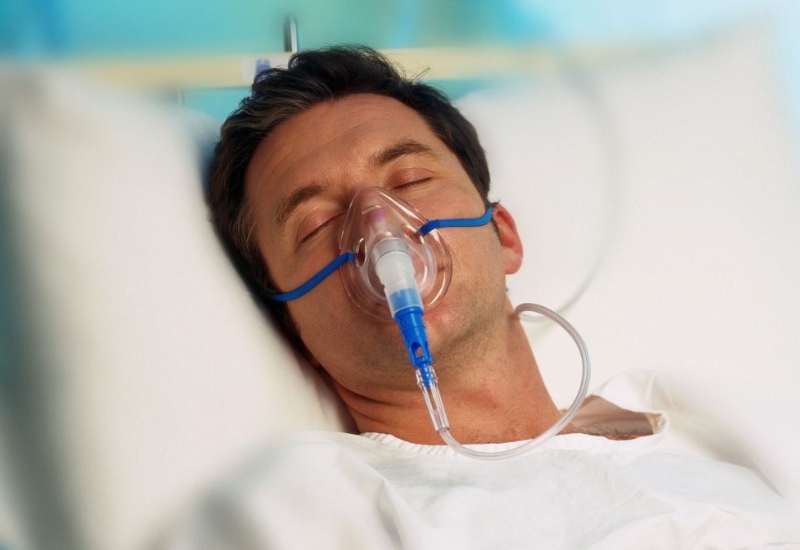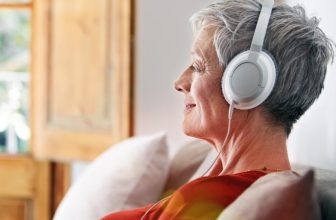How does The Migraine And Headache Program treat headaches?

Migraines are more than just a headache; they can be life-disrupting, leaving those affected in unbearable pain, often unable to continue with their normal daily activities. The Migraine and Headache Program, developed by Christian Goodman, offers a holistic approach to tackling migraine pain by focusing on natural solutions rather than medications. In this comprehensive review, we will dive deeply into what makes this program stand out, examining the methods it employs and how it claims to alleviate migraine symptoms at their root.

Understanding Migraines: More Than Just Triggers
One of the first points that Christian Goodman makes in his program is that migraines are not merely caused by identifiable triggers. Conventional wisdom tells us to avoid triggers like stress, certain foods, or environmental factors. However, Goodman argues that while these can be contributing factors, they are not the direct cause of migraines.
This distinction is crucial because it shifts the focus from endlessly managing external triggers to addressing the internal bodily systems that cause migraines in the first place. For instance, two people may experience identical triggers, such as stress or caffeine consumption, yet only one will suffer from a migraine. This inconsistency suggests that there’s an underlying condition within the sufferer that needs to be addressed.
Key Components of The Migraine and Headache Program
The program is centered around simple but effective exercises designed to improve the flow of oxygen to the brain. Below, we explore the main components of the program in detail:
1. Breathing Techniques for Improved Oxygen Flow
The first key component of Goodman’s program focuses on proper breathing techniques. Many people do not breathe deeply or correctly, which limits the amount of oxygen their bodies can take in. By learning how to breathe fully, migraine sufferers can significantly improve their oxygen intake.
- Deep Breathing Exercises: Goodman provides specific exercises that involve deep, diaphragmatic breathing, which helps expand lung capacity and enhance the flow of oxygen throughout the body.
- Exhalation Control: Equally important is the process of exhaling properly to expel carbon dioxide completely. When carbon dioxide lingers in the lungs, it takes up space that should be filled by oxygen, thereby reducing the efficiency of the oxygen supply to the brain.
2. Managing Muscle Tension
The program also addresses muscle tension, particularly in the neck, shoulders, and face, which can constrict blood flow to the brain. Goodman emphasizes that many people are unaware of the chronic tension they hold in these muscles, often due to prolonged sitting, poor posture, and stress.
- Targeted Movements: Goodman’s program includes simple exercises that gently stretch and release tight muscles, helping to reduce constriction in the blood vessels that supply the brain.
- Daily Integration: The movements can be performed throughout the day—while watching television, cooking, or even at work. These exercises do not require a gym or special equipment, making them accessible and easy to integrate into daily life.

3. Posture Correction
Poor posture, especially from sitting for long periods, is another significant contributor to oxygen deprivation. Goodman argues that correcting one’s posture can help open up the chest and improve lung function, thereby increasing the amount of oxygen that reaches the brain.
- Sitting and Standing Alignment: Goodman provides detailed instructions on maintaining proper alignment while sitting and standing. These adjustments help prevent slouching, which can compress the lungs and reduce breathing efficiency.
4. Hydration and Electrolyte Balance
Dehydration is a major trigger for headaches and migraines. A lack of water can lead to reduced blood volume and an imbalance in electrolytes, both of which can contribute to headache pain. The Migraine and Headache Program emphasizes the importance of staying hydrated throughout the day, especially for those prone to migraines.
Participants are encouraged to drink water consistently and avoid sugary beverages that can dehydrate the body. Electrolyte imbalances can be managed by incorporating foods rich in potassium, magnesium, and sodium, such as bananas, avocados, and leafy greens.
5. Cognitive Behavioral Therapy (CBT)
Cognitive Behavioral Therapy (CBT) is a form of psychological therapy that helps individuals identify and change negative thought patterns that contribute to stress and pain. The Migraine and Headache Program may incorporate CBT to help participants manage the emotional and psychological aspects of chronic headaches.
CBT has been shown to be effective in reducing the frequency of headaches by teaching individuals how to cope with stress, anxiety, and depression, which can often exacerbate pain. By reframing negative thought patterns, individuals can reduce the impact of headaches on their mental and emotional well-being.
Scientific Backing: How Oxygen Affects Migraine Sufferers
Research has shown that migraines are often linked to reduced oxygen flow to the brain. This aligns with Goodman’s theory and provides scientific validation for his methods. Studies suggest that the sudden onset of migraines can be connected to a drop in blood oxygen levels, which then triggers the pain and other symptoms associated with migraines.
Furthermore, oxygen therapy has been used in clinical settings to treat migraine attacks, and the results have been promising. Goodman’s approach takes this concept further by enabling sufferers to improve oxygenation naturally, without the need for medical equipment or interventions.

The Benefits of Natural, Sustainable Relief
One of the most compelling aspects of The Migraine and Headache Program is its focus on sustainable, natural solutions. Unlike medications that can be costly and come with side effects, Goodman’s program requires no drugs or expensive treatments. The exercises are straightforward, can be done at home, and have no adverse side effects.
- Cost-Effective: The only investment is time and effort. There are no ongoing costs, which makes this approach far more accessible compared to traditional medical treatments.
- No Side Effects: Many migraine medications can cause a host of side effects, including nausea, drowsiness, and even dependency. Goodman’s program is entirely natural, meaning there is no risk of such adverse effects.
Effectiveness of the Migraine and Headache Program
The effectiveness of the Migraine and Headache Program is largely dependent on the individual’s adherence to the treatment plan and the severity of their condition. Many participants report a reduction in the frequency and intensity of their headaches after committing to the program’s lifestyle modifications. However, like any natural treatment approach, results can vary from person to person.
In clinical studies and patient reviews, the program has shown positive outcomes, particularly in individuals who are committed to making significant changes to their diet, lifestyle, and stress management habits. While not all participants may experience complete relief, many report improvements in their quality of life and a reduction in reliance on medications.
Conclusion

The Migraine and Headache Program offers a holistic, natural approach to treating headaches and migraines. By focusing on lifestyle changes, dietary adjustments, stress management, and physical therapies, the program provides individuals with a comprehensive toolkit to manage their condition. While the effectiveness of the program can vary, many participants find that the combination of these strategies leads to significant improvements in their symptoms and overall well-being. If you’re considering the program, it’s important to consult with a healthcare provider to ensure it’s the right approach for you.











